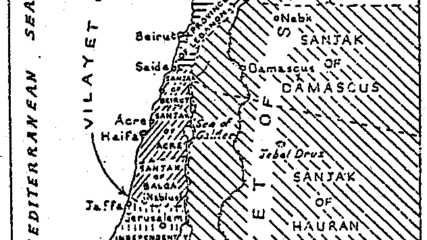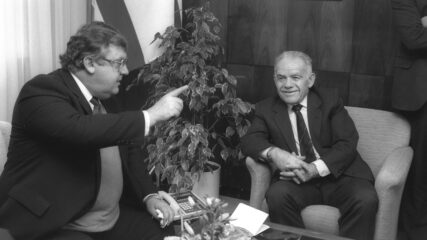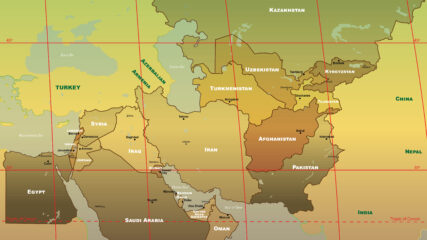January 4, 1935
Spanning about 590 miles, a British pipeline connecting the Mosul oil fields and the Mediterranean Sea begins pumping crude. The pipeline runs from Kirkuk, Iraq, to Haifa. The diameter of the actual pipe is roughly 12 inches, and it takes about 10 days for oil to cover the distance.
Once the crude oil reaches Haifa, it is refined, stored in tanks, then shipped to Europe.
The pipeline is crucial British, who control Palestine through a League of Nations mandate and maintain a strong influence in Iraq and Transjordan, through which the pipeline passes. During World War I, the British navy converted the majority of its ships from coal to oil, and the British need easy access to Iraqi oil for the ships that protect its empire. The pipeline provides an alternative to shipping oil through the Suez Canal.
The pipeline is the target of attacks by Arab insurgents during the Arab revolt of 1936 to 1939. The Jewish leadership works with Orde Wingate, a British major general, to establish the Special Night Squads militia, whose primary objective is to protect the pipeline from attacks. The Jewish defense forces benefit from the British training in these squads, although Jewish forces later target the pipeline as part of their effort to drive out the British after World War II.
The pipeline is operational until Israel’s independence in 1948.










